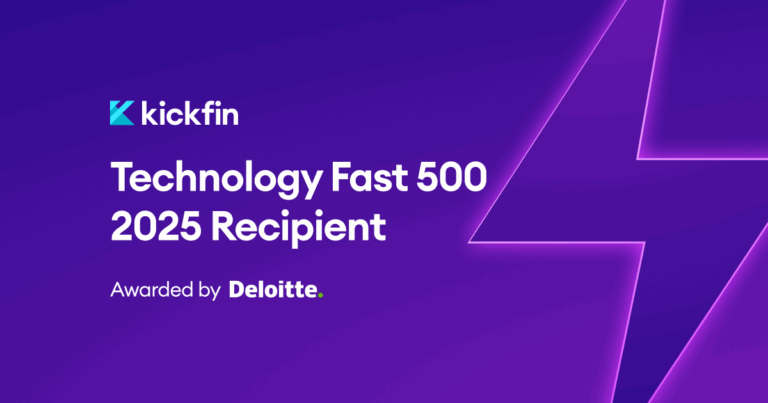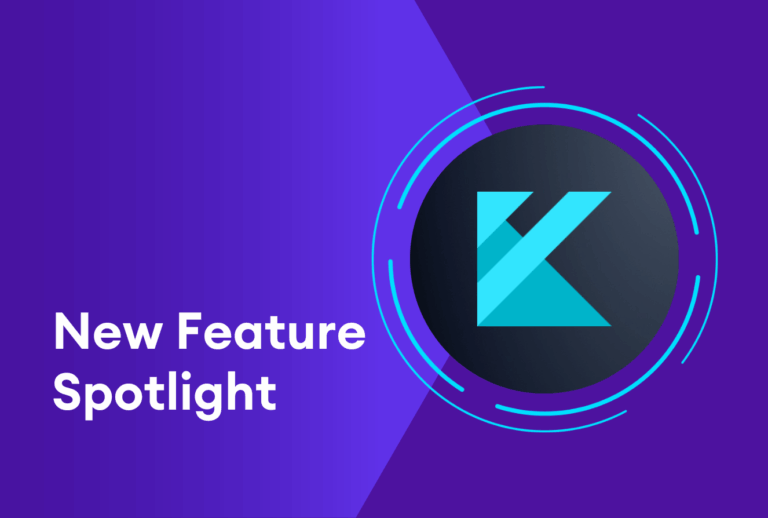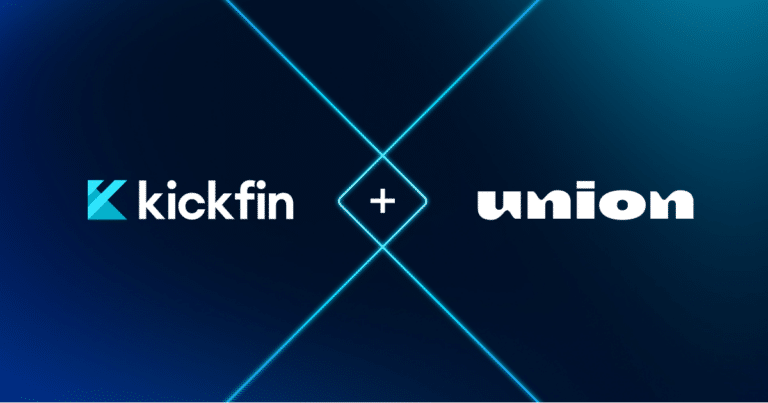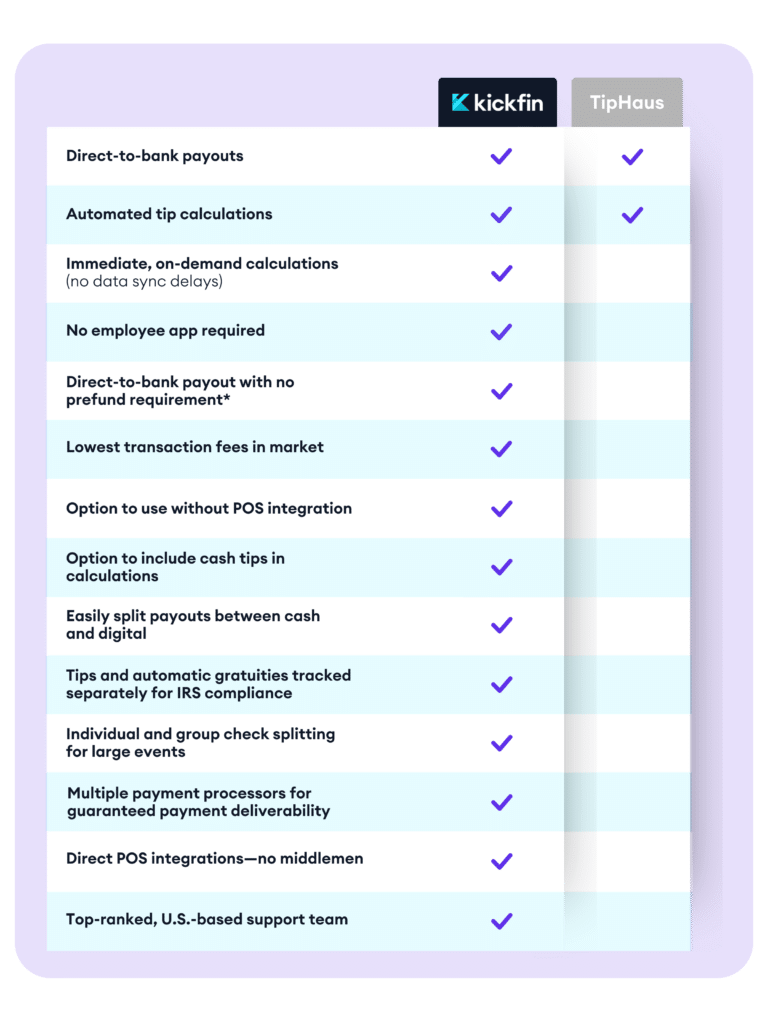Monte Silva has spent 40 years in hospitality.
He’s done every job that exists in this industry: dishwasher, prep cook, line cook, busser, server, bartender, DJ, bouncer. But the majority of his career has revolved around restaurant management and operations.
He’s been a GM for Wolfgang Puck, and he’s also managed a $18.5 million revenue restaurant, where he oversaw a team of 13 salaried people and over 100 employees.
To say Monte is qualified to coach other restaurateurs is an understatement. And the ever-elusive, oft-forgotten concept of work-life balance is one of his favorite areas to focus on. Here’s what Monte has to say about living your life while successfully scaling your restaurant. (Yes, it’s possible.)
What’s your restaurant coaching philosophy?
It’s about mindset and habits. It takes 67 days to develop and keep new habits. But we tend to abandon behaviors before they become habits. And that’s the crux of why I started doing 90-day coaching.
The people who hire me are owners, often owner-couples. They run a restaurant, usually one to three locations. Maybe they’ve got kids. And ultimately they want to know: how do we grow our business and make sure we’re successful without having to be “in it” every day?
What does life look like for the typical restaurant owner “couple?”
Well, it’s busy. If they’ve got kids, there’s lots of daycare, after-school programs. Figuring out who’s picking up the kids and a million other logistics. Who’s handling chores and repairs and general maintenance at their house. Who’s going to be at the restaurant when.
It’s really, really tough for a married couple. They’re at the top of the line. It falls on them to share challenges with each other — they don’t want to take worries and complaints down to employees. They act like business associates, and a lot of times, they don’t know how to create a boundary between that relationship and their personal one.
"You can have success in this industry without sacrificing your whole life. You don’t have to choose."
What are the consequences of making your restaurant business the center of your universe? Of always being in “go mode”?
I had a client in LA; she and her husband had not taken a vacation in 7 years. Seven years! The wife had been in that restaurant every single day because she felt like no one cared as much as she did.
The mindset of a restaurant owner is full-throttle, full-sprint — constantly. And yes, there are times when more is required: New Year’s Eve, Mother’s Day. Sure, there are going to be longer hours.
But it doesn’t have to be that way all the time. You can have success in this industry without sacrificing your whole life. You don’t have to choose.
When a couple opens a restaurant, they usually want to create revenue streams. They want to work for themselves. And usually there’s a level of passion there. But the thing is: if you let it take over, this lifestyle will burn you out.
In our business, if you don’t figure out some kind of work-life balance, it inevitably leads to mental health issues and things like depression, divorce, drug abuse, suicide. It’s a huge risk to yourself, your family and your business if you don’t put systems in place that allow you to breathe.
What are prevailing myths or misconceptions about the restaurant business that you have to help your clients “unlearn?”
There’s a big myth about restaurants not being profitable. The average person doesn’t get into this business thinking they’ll be printing money. They come into it assuming margins will be low. But that’s wrong, and part of that problem is driven by an outdated operating model.
For example: Currently, everyone talks about your P&L and keeping your controllables between 60 to 65 percent, and your non-controllables around 10%. That’s the old model. So yeah, profitability of restaurants isn’t great when you compare it to other investment opportunities, but that’s because the P&L was set up a really long time ago.
Another big myth: You have to work 70 hours a week to be successful or to see major growth. Again, that’s no longer true.
And then there’s this myth that if you underpay people, you’ll have more profit.. That’s a big one — because you get what you pay for. Think of your people as an asset versus a liability. You get owner-operators with no experience, and they’re trying not to pay much, so they bring on unseasoned management, and it becomes a problem.
Ok. So if you’re looking for profitability and growth, but you don’t want to work 70 hours a week, where do you start?
Time management is so important. We tend to multi-task all the time, and that’s not always good. It leads to mistakes and jobs that are only halfway done.
Less multitasking, more focus. It’s little things — like if you’ve got people in a meeting, make sure they’re in the meeting. Not checking phones, working on their laptops. Everyone needs to be engaged, which ultimately saves time because things don’t have to be repeated and nothing gets missed.
Stop multitasking during business hours. Block off time to get work done before the doors open — because once that happens, your guests should be your only priority. You shouldn’t be in the office writing schedules, or holding counseling sessions, or placing your produce order — you should be fully engaged in execution on the floor.
When you’re trying to focus on a million things at once, the hospitality aspect of your business is going to suffer.
If you get the right people — people you really trust — then you give yourself a whole new level of freedom. You can work on growth and expansion. You can take care of your family. You can take a vacation.
That makes sense — but it’s also easier said than done, isn’t it? Given the fact that it’s so hard to hire and retain staff, it seems like owners have no choice but to take more on.
Everyone is talking about the worker shortage. But I haven’t had issues during Covid, and my clients haven’t had issues.
If you create a great culture, and you become the kind of boss you’d want to work for, you’ll be the employer of choice. People will gravitate toward you. And once you’ve got a few great employees — well, they say eagles fly with eagles. Tell your top employees, “I need another you,” and have them bring you more great employees. Then cut them a generous referral check if those new employees make it through their trial period.
That’s far better than signing bonuses. Instead of saying — “Hey, we’re going to pay new people, but not you,” you’re showing your current employees that you value them, and they become your ambassadors.
Or: instead of paying someone a signing bonus, pay them an extra dollar an hour instead. That’s going to take 90 days before you pay $500 extra. So if someone isn’t working out, you save money. And if they’re doing a great job, then they’re worth that extra dollar.
The idea is that if you get the right people — people you really trust — then you give yourself a whole new level of freedom. You can work on growth and expansion. You can take care of your family. You can take a vacation.
What do you tell your clients to look for when they’re hiring?
Again, you want to hire people who you can trust so that you don’t have to micromanage, you don’t have to babysit.
Talent and skillset are important. But not as important as mindset. Find an employee who really cares, who’s responsible, who is self-managing. You can teach them the skills later.
How do you hire for mindset?
I worked in a Nashville steakhouse. I had 250 applications for 25 spots. A 10 to 1 ratio. I put them in order of experience level. At the very top, the servers had around 15 years of serving experience in high-end establishments, and at the other end of the spectrum they had less experience at lower-end restaurants.
I interviewed them in that order — but the interview itself had nothing to do with experience or skillset. It was all about mindset. What was their family like? What do they like to do in their free time? It’s like a sports team: yes, you want the skillset, but you need to bring on players who can play together.
Sometimes I ended up hiring someone farther down the line just because of the interview. I hired one guy who volunteers with the blind. That’s a person who cares about people. Another server was the oldest of three kids, his mom was a single mom, he took on a lot of responsibility to provide for his family. That’s a dude you want on your team.
Another source of heartburn for owners is turnover — maybe you get the right people, but they move on. How do you combat that?
Restaurateurs tend to not proactively search for people, and that’s a mistake. Two servers give notice, suddenly you’re scrambling. You hire the first person who walks in.
I encourage my clients to always accept applications. Always be hiring. Are there applicants who can raise the bar? Are there toxic employees you can remove? And are there super employees who you can help advance in their career?
So what’s the big takeaway for restaurant folks who feel like they are drowning?
You don’t have to do it all to be profitable, or even to experience significant growth. You just need the right foundation and a team you can trust. Getting all of those pieces in place is an investment on the front end for sure, but it’s the key to work-life balance in this industry.
Want to learn more about optimizing your systems, product and people to achieve work/life balance in the restaurant industry? Contact Monte to learn more about his service offerings at hashtagrestaurateur@gmail.com






